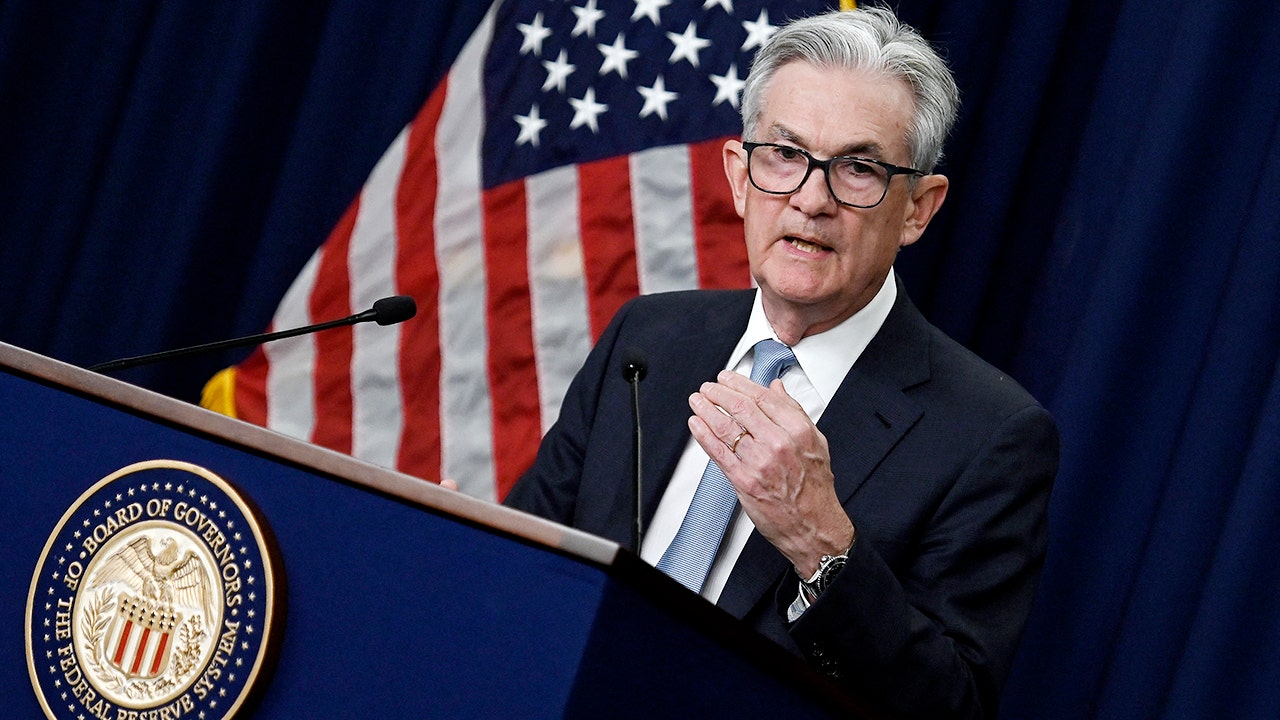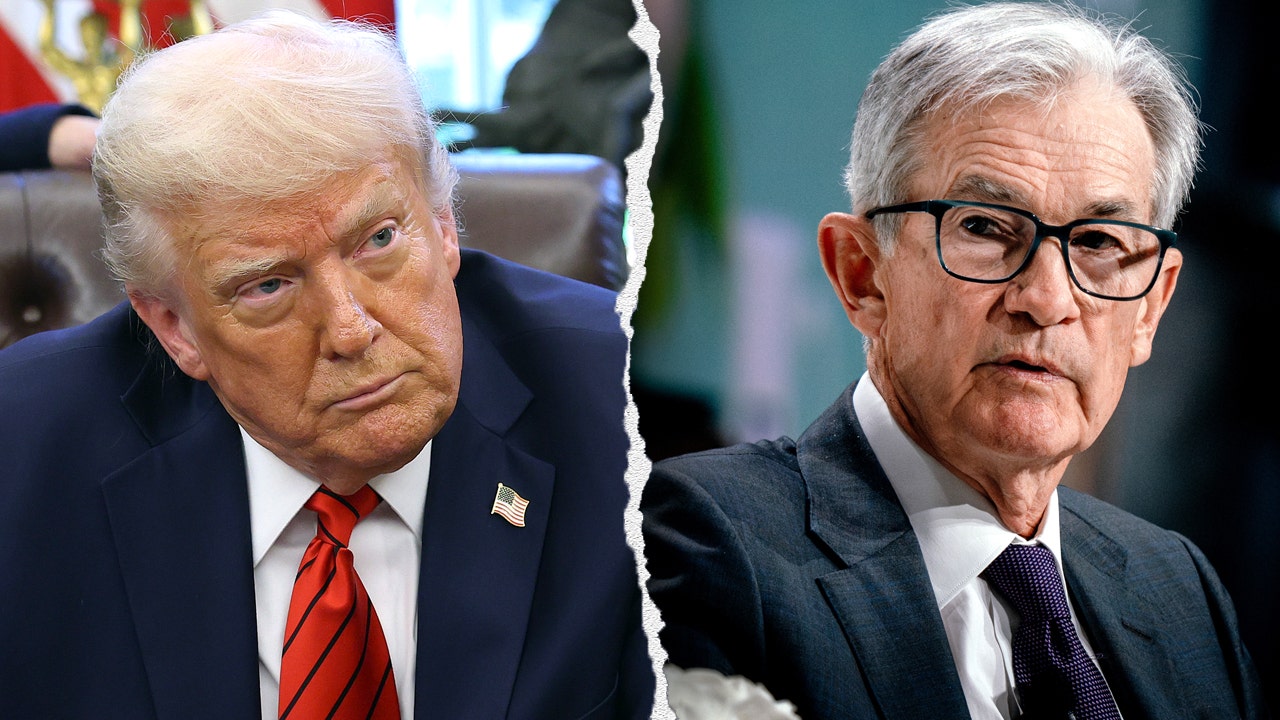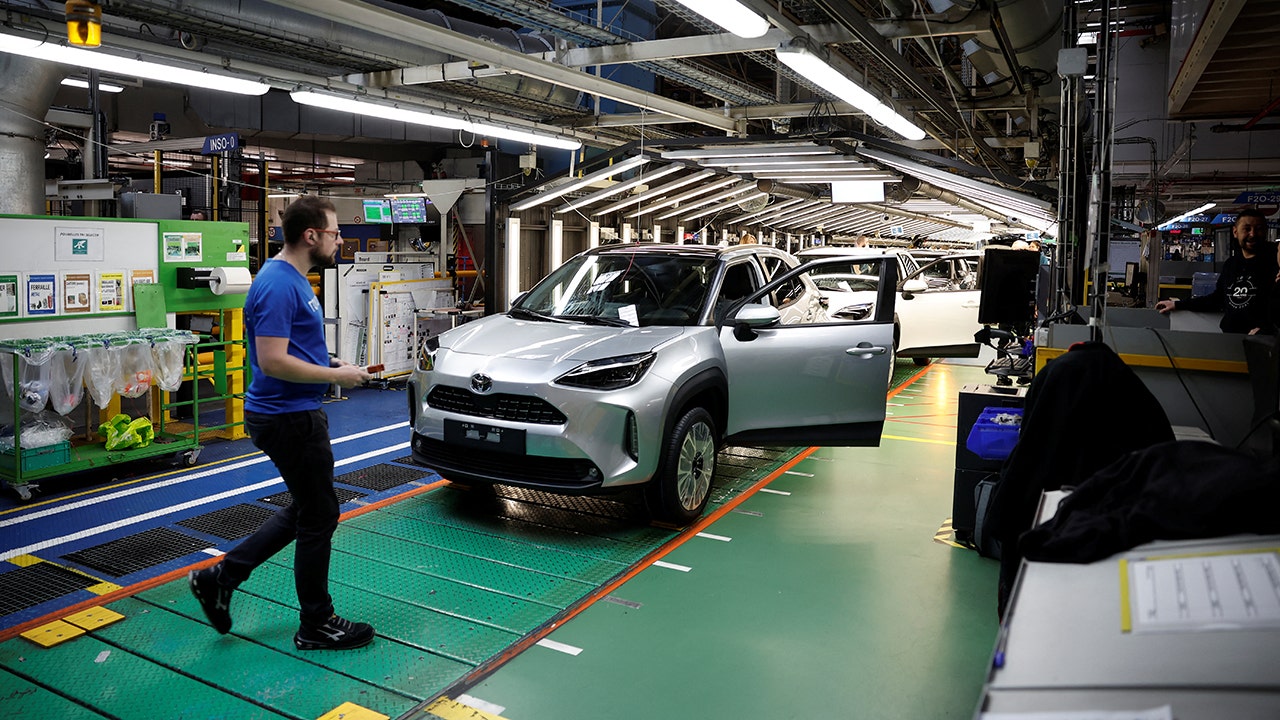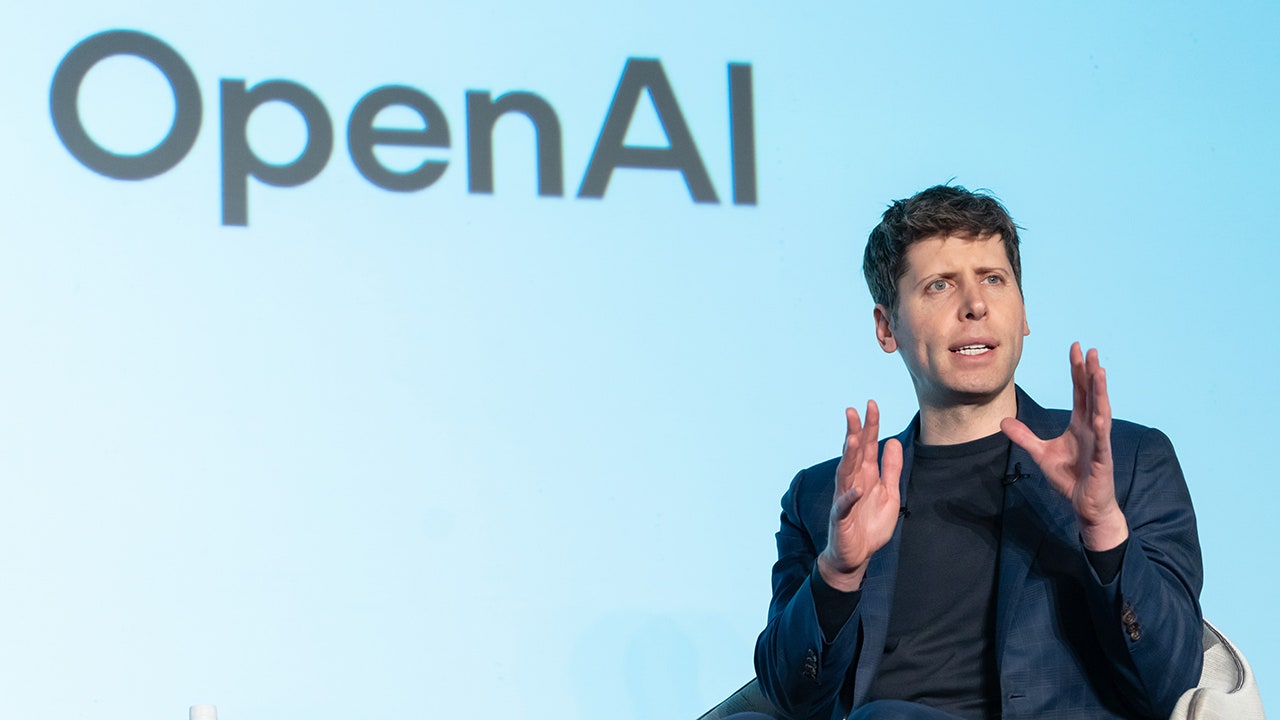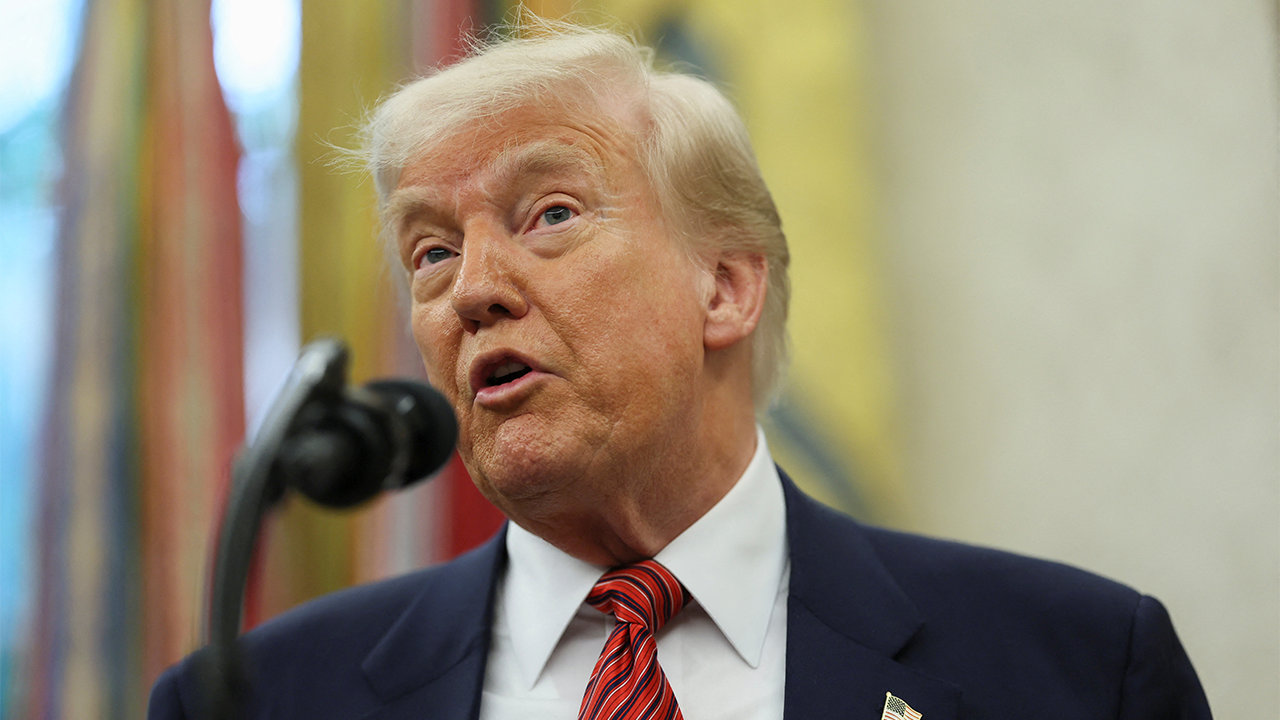The Federal Reserve on Wednesday announced that it will leave its benchmark interest rate unchanged as policymakers continue to monitor inflation and the labor market amid elevated levels of economic uncertainty.
The central bank’s decision leaves the benchmark federal funds rate at a range of 4.25% to 4.5%.
It comes after the Fed left rates at that level at its two previous meetings in January and March, which followed three consecutive rate cuts at its preceding meetings – which involved a 50-basis-point cut in September and a pair of 25-basis-point reductions in November and December.
The Federal Open Market Committee (FOMC), which guides the central bank’s monetary policy moves, noted in its announcement that “[u]ncertainty around the economic outlook has increased further” and the Fed is monitoring risks to both sides of its dual mandate, adding that risks of higher unemployment and higher inflation have risen.
“Although swings in net exports have affected the data, recent indicators suggest that economic activity has continued to expand at a solid pace,” the FOMC wrote. “The unemployment rate has stabilized at a low level in recent months, and labor market conditions remain solid. Inflation remains somewhat elevated.”
Federal Reserve Chair Jerome Powell said in remarks following the announcement that the economy is in a “solid position” despite “heightened uncertainty” and noted that inflation has “come down a great deal, but has been somewhat above our 2% longer-run objective.”
“The new administration is in the process of implementing substantial policy changes in four distinct areas – trade, immigration, fiscal policy and regulation,” Powell said. “The tariff increases announced so far have been significantly larger than anticipated. All these policies are still evolving, however, and their effects on the economy remain highly uncertain. If the large increases in tariffs that have been announced are sustained, they’re likely to generate a rise in inflation, a slowdown in economic growth and an increase in unemployment.”
“The effects on inflation could be short-lived, reflecting a one-time shift in the price level. It is also possible that the inflationary effects could instead be more persistent. Avoiding that outcome will depend on the size of the tariff effects, on how long it takes for them to pass through fully into prices, and ultimately on keeping longer-term inflation expectations well-anchored,” he added, noting the Fed’s “obligation” is to help anchor those inflation expectations.
Powell was asked by a reporter how the central bank would approach its dual mandate goals of maximum employment and stable price growth with inflation at 2% over the long-run if it finds itself in a scenario where those goals are in tension. That could occur in a period of stagflation, with rising inflation and slow economic growth and a potentially weak labor market.
“This would be a complicated and challenging judgement we would have to make, and we’re not in this situation. But the situation is if the two goals are in tension – so let’s say that, hypothetically, but we would look at how far they are from the goals, how far they’re expected to be from the goals, what’s the expected time to get back to their goals, we’d look at all those things and make a difficult judgment,” Powell explained.
This is a developing story. Please check back for updates.



